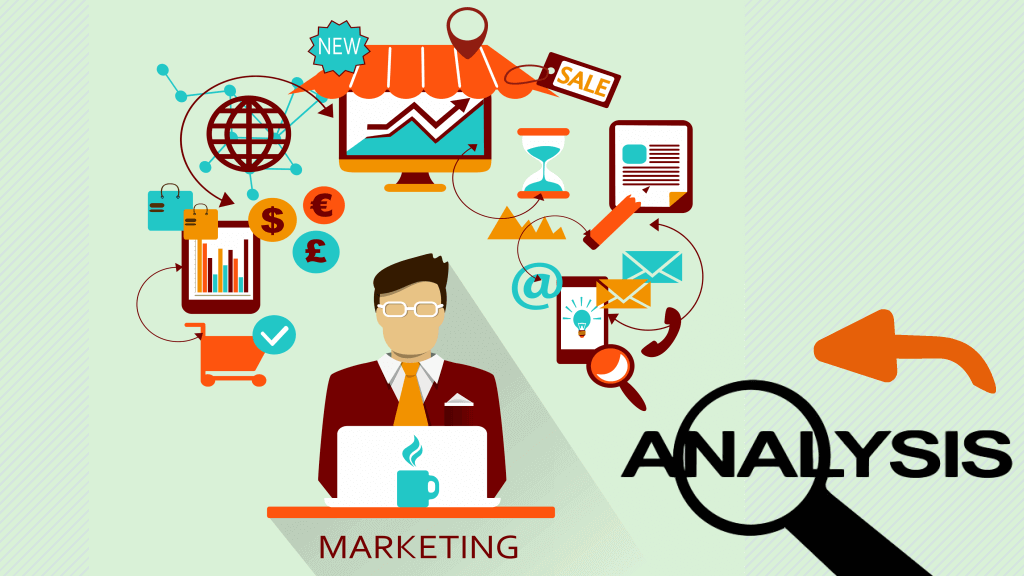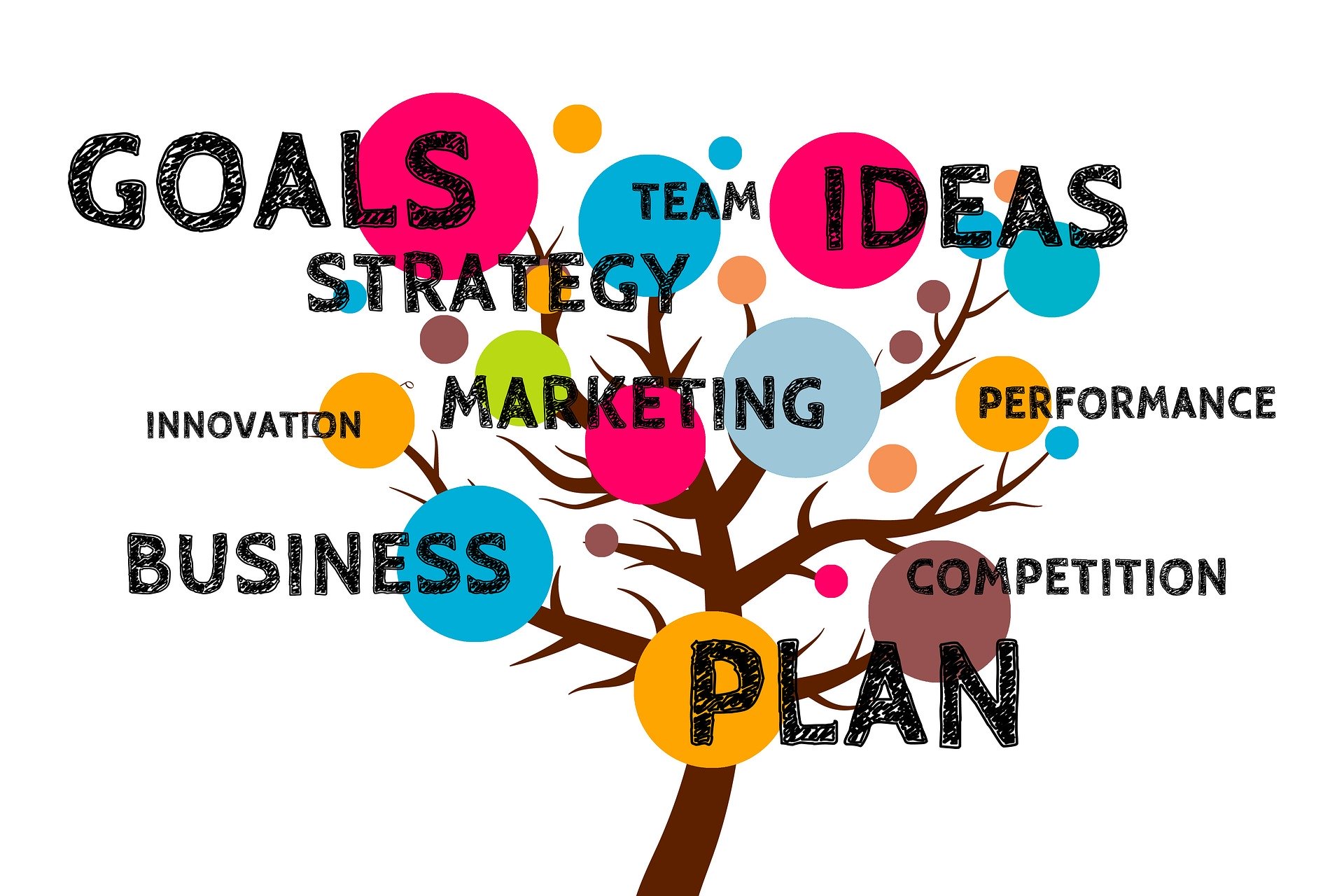
Marketing today is a multi-layered, data-driven discipline that can often be the key differentiator in business success and competitive edge.
But there is much more to it than meets the eye.
The visible marketing message in the public eye can be likened to the tip of a vast iceberg. Below the waterline typically lurks a complex stack of data and marketing technology – MarTech – which puts the latest innovations and insight to work, in the service of refining and targeting that message for maximum effectiveness.
A range of influences impacts the directions MarTech is taking globally. Often the exact blend of tools and strategy any enterprise adopts will be highly sensitive intellectual property. Today businesses are under intense external pressures are forced to adapt and innovate more quickly than ever before. This has led the ‘father of MarTech’ Scott Brinker to modify his famous statement about the pace of change within technology and business respectively: in short, cataclysmic events cause dramatic shifts.
‘Adapt or die’ is the business environment of the new normality, and the ‘tech’ part of the marketing mix is vital, with 68% of CMOs expecting an increase in marketing technology spending in the near future according to Gartner.
With this in mind, some significant MarTech trends to look out for in 2021 include:
Intense and intelligent personalization
Remember the days when you could segment your customers into 4 broad personas? Or chunk them out into generational demographic categories – then address all those within each bucket with the same message as an amorphous whole?
This will no longer cut it, at a time when the ‘same storm, different boats’ experience of the global health crises has highlighted the uniqueness of individual experience. Instead, there is growing consumer expectation and a need to be addressed and understood personally. At the same time, physical interactions with brands – in stores and offices – have declined to almost zero.
To meet this exploding need for personalized digital interactions, customer data platforms are increasingly driven by intelligent algorithms to trigger a cascade of automation. These yield an effectively infinite number of user journeys that seek to engage each customer in a responsive and unique conversation. McKinsey estimates that personalization at scale has the potential to create $1.7 trillion to $3 trillion in new value for organizations who get this right.
A new generation of predictive analytics tooling enables rapid modeling of these systems. Shifts and trends at scale can be rapidly identified, while simultaneously individualizing the experience for everyone who interacts with your organization at any touchpoint.
Being able to predict the effect of a single data point changing – a flap of the butterfly’s wing – enables marketing technologists to create individual responses to every possible variable in the customer experience.
Meanwhile, users will increasingly accept and expect content aimed at them to be deeply targeted and personalized in new ways. In fact, they’re growing intolerant of poorly-matched ads or weak recommendations. Marketing technology will help brands navigate the fine line between creepy and considerate when it comes to retargeting prospects with the perfect offer at the right moment.
All of this is driven by steady evolution in artificial intelligence and machine learning, which impacts engagement on a multitude of fronts.
From natural language processing and nuanced understanding of customer needs, to parsing of vast datasets at unprecedented speed, the emergence of truly conversational AI tools will combine enriched customer data with automated responses. This will create a holistic user experience that is increasingly undetectable as non-human.
The rise of no-code/low code tools
The very existence of MarTech as a category indicates a crossover from IT to marketing, which has enabled marketing experts to put data and analytics to work in new ways at speed.
These two disciplines have not always interacted smoothly in the past due to conflicting ideologies: marketers want to respond and create and innovate instantly, while IT wants to test and check and pilot changes cautiously.
A new generation of tools is helping bridge this gap, putting powerful functionality in the grasp of more creative users, while remaining within safety zones and sandboxes that avoid systemic risk. The evolution of this trend is a level of digital maturity and user experience improvement, enabling non-technical marketers to identify, create, and deploy their own solutions, using visual and intuitive tools.
Using pre-set drag-and-drop interfaces, marketers can quickly test new workflows, integrations, web apps, chatbots, and more. They can mockup a quick ad in Canva, or build predictive machine learning modules in Tableau, even if these are later refined by specialists in design or data science following proof of concept.
This is accelerating the agile cycle, and enabling low-risk experimentation and innovations that would have involved unthinkably complex and specialized work just a few years ago. At the same time, it protects vital assets and standards (such as pre-setting a brand kit within a Canva template, to ensure every output meets certain design criteria).
As part of a broader ‘citizen creator’ trend, this is reducing the learning curve and barriers to entry for all sorts of previously advanced skills. It will have a dramatic impact on the MarTech stack at every level. We can anticipate an ever-greater range of capabilities coming under the purview of the curious marketer in the next few years.
This will further reshape professional roles and specialisms, with experts using the same tools to extend their professional capabilities in new directions, while marketers are empowered to self-service routine tasks themselves in parallel – innovating, comparing, and becoming more creative and efficient, and also being able to measure and evaluate the impact of their efforts fast.
Integrating the MarTech stack
Every marketer and related professional has their preferred technology tools, which they have been adopting and accumulating over years. Solutions like CRMs, SEO optimizers, email marketing services, and advertising planning tools have been invested in and customized to serve growing needs, as their availability steadily proliferated.
The key to really leveraging their power as truly big-data services lies in pulling them all together. In breaking down the barriers between them, to surface organization-wide insight and potential.
This may mean cultural changes organizationally – cross-departmental collaborations, uniting advertising and design and marketing, to pool business intelligence and dismantle evolved siloes for the greater good. Some organizations may require complete restructuring, while others are experimenting with new project teams, creating ‘internal startups’ to catalyze innovation.
This will build greater understanding of exactly what insight lurks in different parts of a complex business, and synergize new possibilities that can have an impact across the whole enterprise.
Even without structural change, the low-code shifts discussed above put new integrations and functions at the fingertips of individual marketers and teams, to connect different datasets and applications.
Increasingly this capacity is built-in as a native integration between two services, such as CRM and support ticketing service. In other cases, API keys can be used to create simple bridges between two tools, or a third-party app like Zapier can help any user visualize and create complicated ‘if/then’ workflows, which have the power to generate complex and highly individualized automation.
Integrating data like funnel reporting, multi-touch revenue attribution, revenue reporting, and support costs create powerful new business-intelligence visualization possibilities. Enterprise users can create bespoke real-time dashboards to support integrated reporting offered by different applications.
Focusing on privacy and security
Data protection and privacy have never been more firmly in the public eye, thanks to growing dissatisfaction with vast data breaches being met with a cursory regulatory response.
Meanwhile, the European Court of Justice has annulled the Privacy Shield Framework between the US and EU, making it harder to legally merge datasets in the way that all the integrations discussed above necessitate. On the tech front, the rollout of iOS14 is bringing new challenges to the tracking of users across platforms, and Google is phasing out third-party cookies by 2022.
This will all help to give teeth to existing legislation and finally start to shift the power back from unaccountable big tech to the individual.
More and more, customers are waking up to the idea that their behavioral surplus has intrinsic value, and handing this over for free is increasingly unacceptable – while at the same time, given that it is transactional, realistic rewards need not be huge.
As public understanding of privacy issues in relation to big data evolves, winning trust as an ethical data custodian will become a key marketing communications issue, which must be demonstrably underpinned by credible technology.
Attribution will be better enabled and recognized
Whatever the future of business holds in 2021, there is no such thing as a non-digital business in any meaningful sense any longer. Consequently, MarTech will be a key contributor to business growth across all sectors.
Data-driven MarTech will be fundamental, in establishing and maintaining the position of the marketing cost center with measurable business impact. Tasked with achieving greater growth and ROI under ever more constrained budgets, marketers will face internal competition and an ever-greater need for attribution.
While physical sales interactions continue to be extremely limited (and even these will be tracked and monitored in new ways, such as in Amazon’s till-free onsite retail stores), alignment of sales and marketing departments will become increasingly essential. Marketing outputs fuel the pipeline, and granularly attribute engagement from the first click to sales conversion to lifetime customer value.
It’s these emergent analytical frameworks for engagement that will truly elevate MarTech to its deserved role in the business intelligence matrix.
About the Author:
As a market research veteran and founder of NYC-based B2B market research consultancy firm, Adience, Chris Wells has worked with dozens of companies over the years.
Links:
https://assets.kpmg/content/dam/kpmg/xx/pdf/2021/02/pulse-of-fintech-h2-2020.pdf
https://www.marketdataforecast.com/market-reports/ai-in-fintech-market
https://www.ft.com/content/3fe905e7-8b9b-4782-bf2d-fc4f45496915




